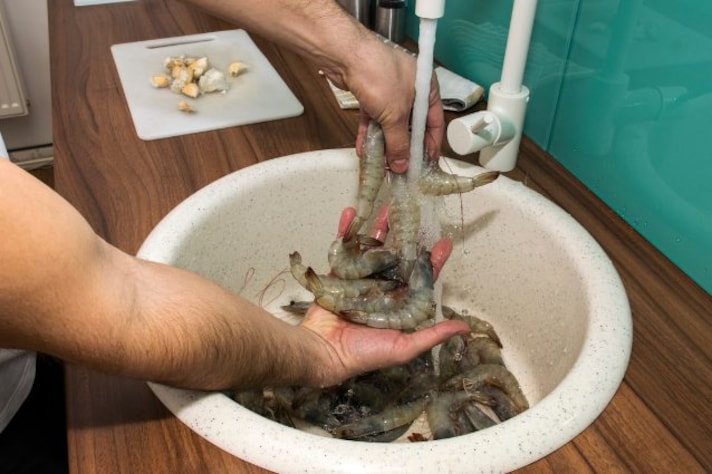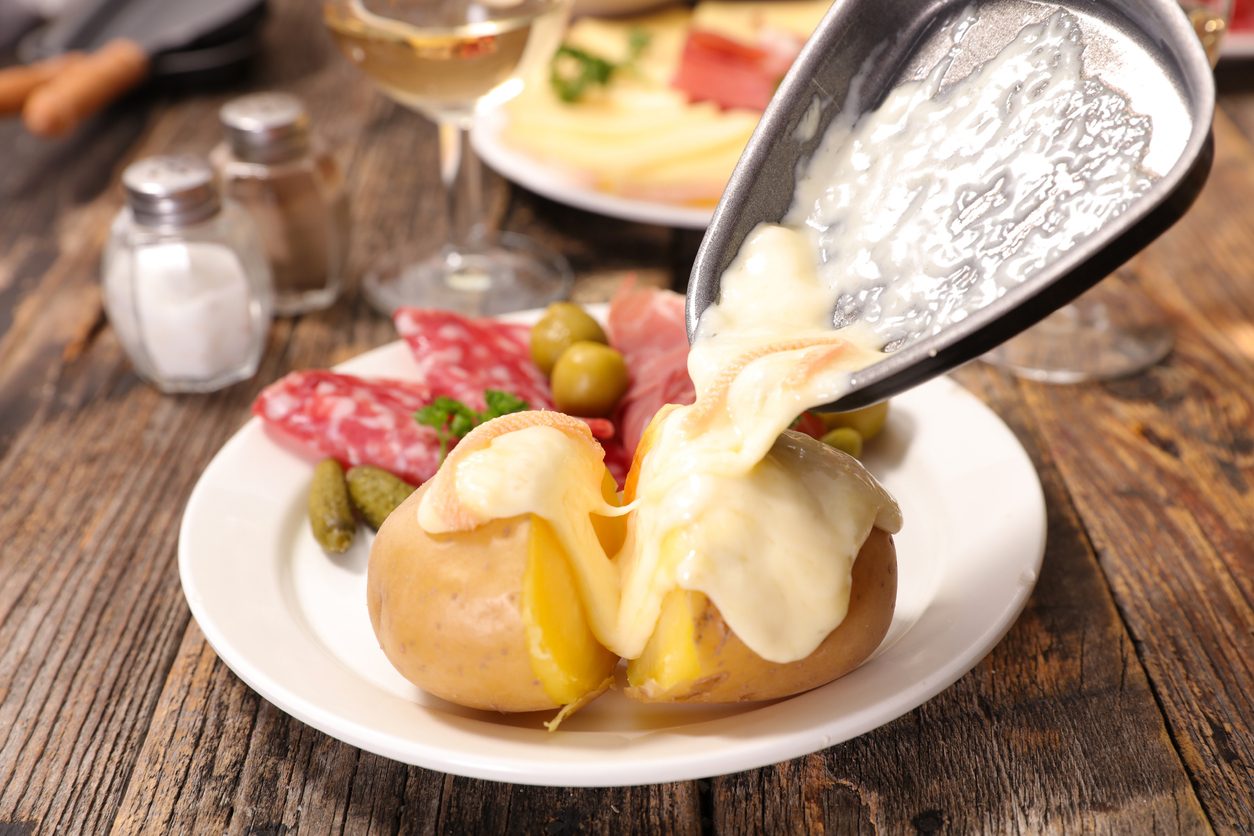The Science Behind Why Some Shrimp Are Pink and Others Stay Grey
Shrimp can appear grey when raw and turn pink when cooked, but some species are naturally pink from the start. Their color is influenced by diet, environment, and a pigment called astaxanthin, which interacts with proteins in their shells. Cooking breaks this bond, revealing vibrant hues. The science behind shrimp color goes beyond aesthetics, offering insights into their nutrition and habitat.

Shrimp come in a variety of colors, but the most well-known are the grey, translucent shrimp we see raw and the bright pink shrimp we often enjoy cooked. But what causes this dramatic transformation, and why do some shrimp naturally appear pink while others don’t?
The Role of Pigments in Shrimp Color
The primary reason behind shrimp coloration is astaxanthin, a powerful antioxidant belonging to the carotenoid family—the same pigments responsible for the red, orange, and pink hues in salmon, flamingos, and even some fruits and vegetables.
1. Raw Shrimp: Why They Appear Grey or Blue
When shrimp are alive or raw, their astaxanthin is bound to proteins, particularly crustacyanin. This protein complex distorts the natural red-pink pigment, giving shrimp their typical bluish-grey or translucent appearance.
Different species may have varying amounts of this protein, leading to some shrimp appearing darker or even slightly greenish.

2. Cooking Shrimp: The Pink Transformation
Heat breaks down the crustacyanin proteins, freeing the astaxanthin molecules and allowing them to reflect their true reddish-pink color.
This is why shrimp turn a bright pink or reddish-orange hue when boiled, grilled, or sautéed.
Why Some Shrimp Are Naturally Pink
While most shrimp change color when cooked, some species are naturally pink even in their raw state due to higher concentrations of free astaxanthin that aren’t bound to crustacyanin.
Cold-water shrimp species, like Northern pink shrimp, have a naturally rosy hue due to their high astaxanthin-rich diet (algae and plankton).
Farmed shrimp diets can influence their coloration—some farms supplement shrimp feed with carotenoids to enhance their natural pink hue.
Diet and Environment: Key Factors Affecting Shrimp Color
1. Diet Determines Color Intensity
Wild shrimp consume a diet rich in plankton, algae, and small crustaceans, which contain high levels of astaxanthin. Farmed shrimp may not get as much of this natural pigment unless their feed is supplemented with carotenoids.

2. Environmental Conditions Matter
Some shrimp live in muddy or deep-sea environments, where their coloration adapts for camouflage. Clear, open waters encourage shrimp to develop brighter colors for mating displays and species recognition.
Pink vs. Grey Shrimp: Which Is Healthier?
Both pink and grey shrimp offer excellent nutritional benefits, including lean protein, omega-3 fatty acids, and essential vitamins and minerals. However, pink shrimp—particularly wild-caught ones—tend to have higher levels of astaxanthin, which is known for its antioxidant and anti-inflammatory properties.
Final Thoughts: More Than Just a Colorful Change
Whether they start grey and turn pink when cooked or naturally boast a pink hue from the beginning, shrimp’s color is a fascinating interplay of diet, environment, and chemistry. Next time you enjoy a plate of shrimp, you’ll know that their vibrant color is more than just an aesthetic feature—it’s science at work!
;Resize,width=767;)
;Resize,width=712;)
;Resize,width=712;)

